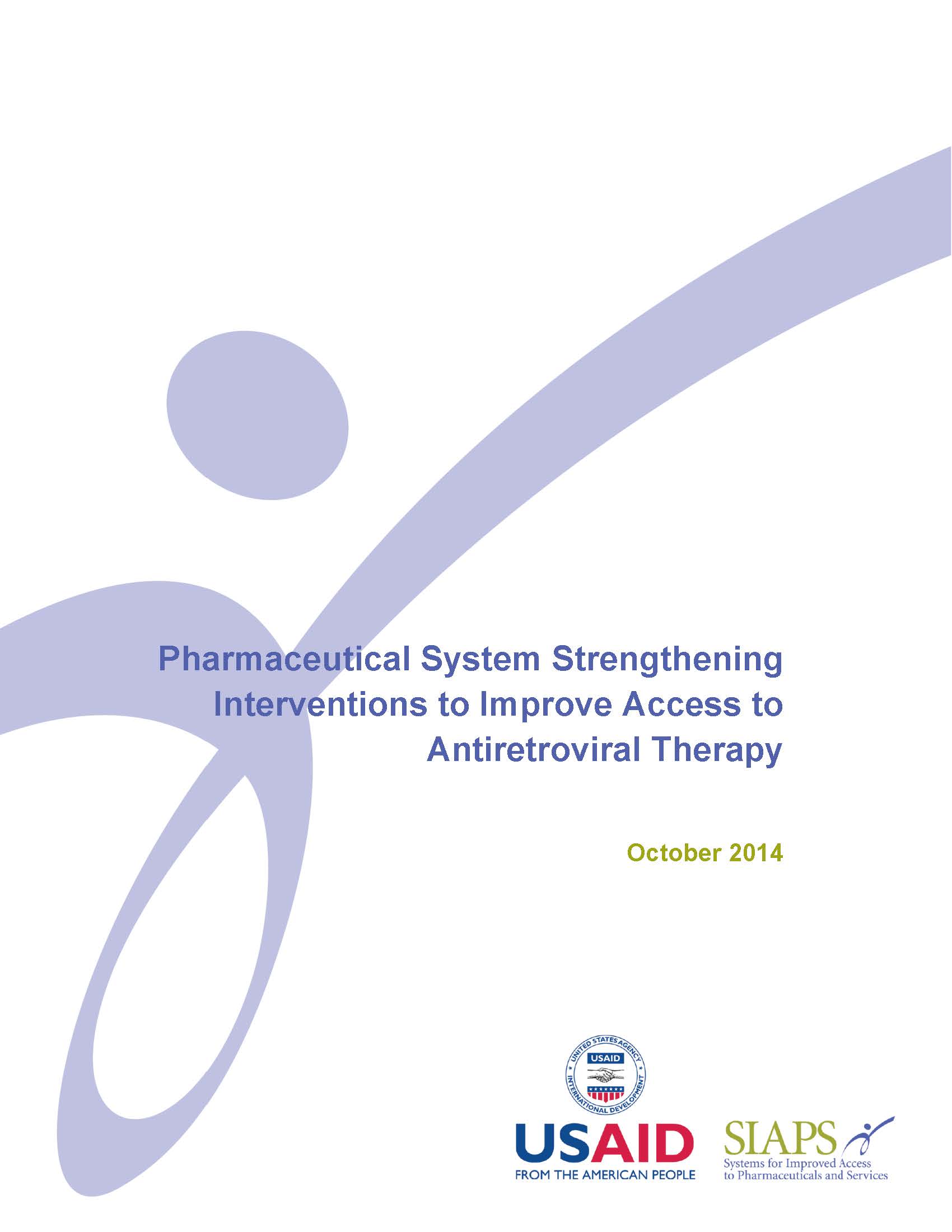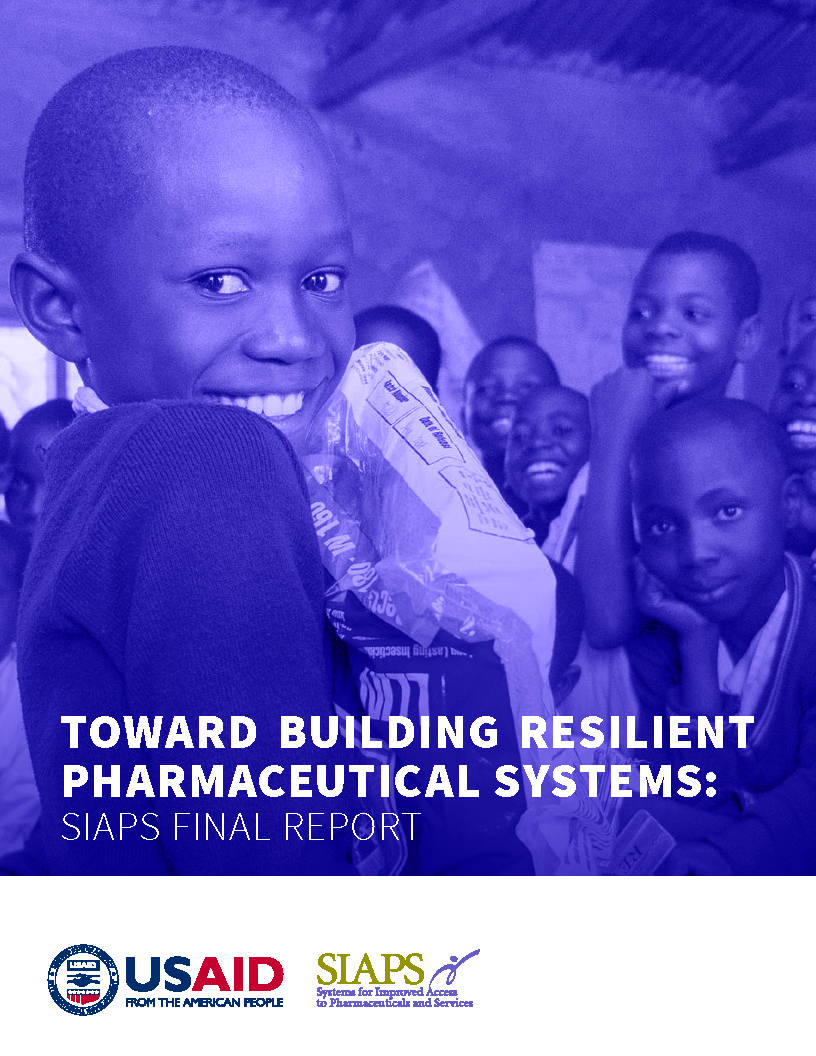
The world’s response to the AIDS pandemic of dramatically increased financial assistance to provide affordable medicines for HIV and AIDS did not automatically lead to access to antiretrovirals (ARVs). The effectiveness of these multimillion dollar initiatives was recognized to be limited by the capacity of the health care and pharmaceutical supply systems to deliver these lifesaving medicines. Constraints to improving access to ARVs included inadequate capacity in clinics and hospitals that provide antiretroviral therapy (ART); inadequate pharmaceutical planning and information systems; and an inefficient supply chain.
A holistic approach to access looks beyond product availability and price to include other essential components, such as the availability of quality pharmaceutical services and the ability of the patient to benefit from both products and services that support the safe, effective, and appropriate use of the medicines.
Countries have stepped up to meet this challenge. This paper illustrates pharmaceutical systems’ strengthening interventions and their impact on improving access to ARVs and related services as well as continuing challenges and some recommendations.


